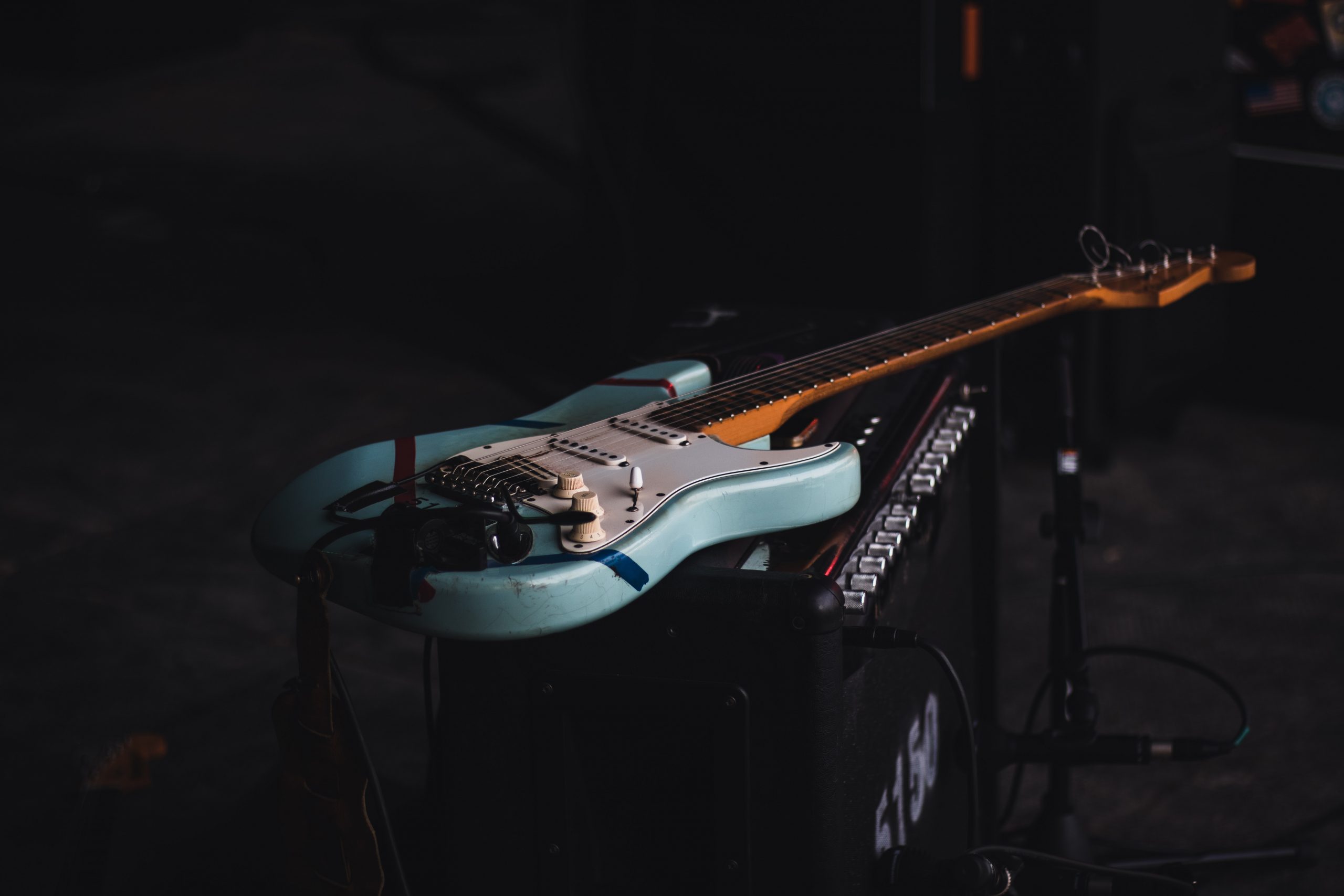This was a real eye-opener for me as I’d never been a fan of learning those ‘etude’ style arpeggio shapes, especially if they were based on the CAGED System. Back at Music College, and after learning all my scales in all positions, I turned the page of the inch-thick book we were given only to find an entirely new set patterns to learn. There were all kinds of random arpeggios and endless patterns and permutations. Needless to say, I shut the book and decided there had to be a better way. It would be a few years before I discovered it but once I understood where arpeggios came from diatonically, I had a context from which to learn them.
Incidentally, this lack of a context for learning is what I believe to be the downfall of trying to learn guitar online by cobbling together bits of free information. You never get the big picture or the holistic view, you just get snippets of information condensed into however many minutes the video lasts. This is why in these blog lessons and in my books, I always provide a complete method or system that anyone can follow by themselves or with a teacher to really advance in their playing.
In the grand scheme of things arpeggios are the halfway house between chords and scales. They’re basically the notes of a chord played in or out of sequence, which is why they’re also known as broken chords.
If you know the chords in a given key, you also know the arpeggios in that key. Compare this to someone teaching you a random major 7 arpeggio and telling you that you can play it over a major 7 chord; where’s the context?
The following exercise is from Hacking the CAGED System – Book 1, which is a complete system and very usable method for learning chords, arpeggios, scales, modes and key signatures.
Let’s use the key of F Major as our example key. If you know the chords in the key of F Major, you know the arpeggios.

We have 7 different chords, therefore there are 7 different arpeggios but only 3 types: major, minor and diminished.
In Hacking the CAGED System, we use 4 master scale patterns to cover the entire neck, as well as to learn chords, arpeggios, scales, modes and key signatures.
Here’s Pattern 1 with the F Major arpeggio highlighted; you may recognize this as the first pattern of the 3NPS scale system.

If you’ve learned this scale pattern, why not use it to learn arpeggios instead of learning another completely unrelated pattern? Simply play through the pattern emphasizing the notes in yellow, or just play the notes in yellow if you want the pure sound of the arpeggio. Make a mental note of where they are in the pattern so as to influence your note choice when improvising, rather than that ‘etude’ style arpeggio sound that seems to get taught fairly mindlessly.
Our next chord/arpeggio is G Minor:

Again, make a mental note and emphasize the notes in yellow, hearing how this makes the scale pattern sound like G Minor rather than F Major.
Next up is A Minor:

You know what to do; simply bring the arpeggio out of the scale pattern. You could also loop an Am chord and do this.
Here’s the Bb Major arpeggio in context. Notice how we now have a note below the root which can also be included; in fact, I’d recommend starting on the lowest note whether it’s the root or not.

Here’s the C Major Arpeggio:

Practice phrasing with the notes in yellow against the other notes in the scale.
Here’s the D Minor Arpeggio:

And finally, here’s the E Diminished Arpeggio, which is somewhat of an obvious sound.

Arpeggios with Benefits
Learning arpeggios this way, diatonically, has other benefits such as using the various arpeggios when improvising over a tune in the key. If you have a tune in F Major or D Minor, you can use any of these arpeggios to solo over it; this is very hard to do if you learn them as random patterns with no context. Also, they now form part of the scale pattern, so when you move the scale pattern to another key, you take seven arpeggios with you, which means less thinking and more playing.
If you like this approach to arpeggios, in Hacking the CAGED System, we expand it to 7th arpeggios and beyond and I’ll give you the magic number sequence, so you can access this on the fly in any key.
Hacking the CAGED System – Book 1 is available on Kindle, as a Paperback, in PDF format, on Google Play and shortly on iBooks, check it out here.




I enjoyed your 7 string guitar method book 1. Is their a book 2 or other7 string books you’ve written?
Cheers Mike, it’s in the pipeline along with Hacking the CAGED System Book 3, so hopefully this year!